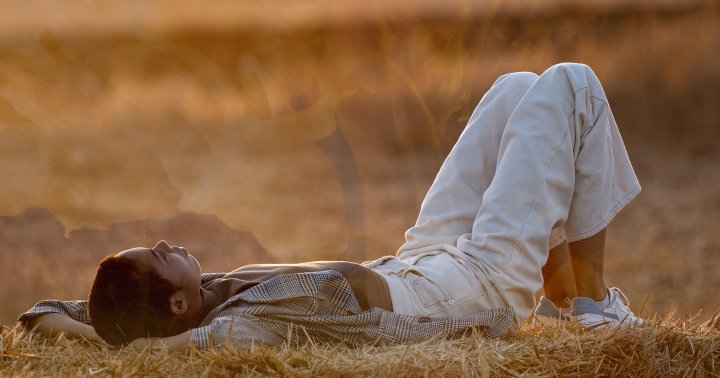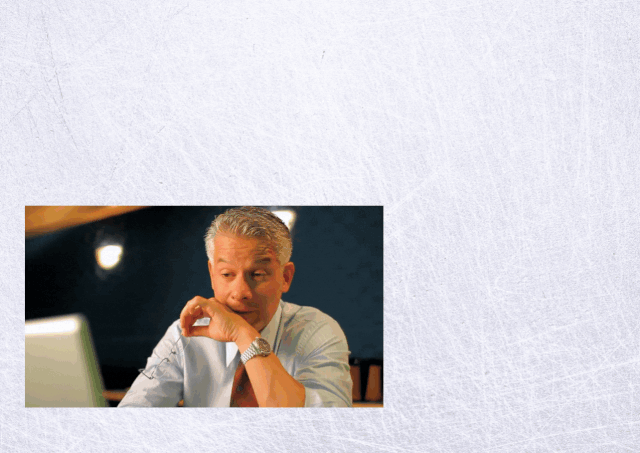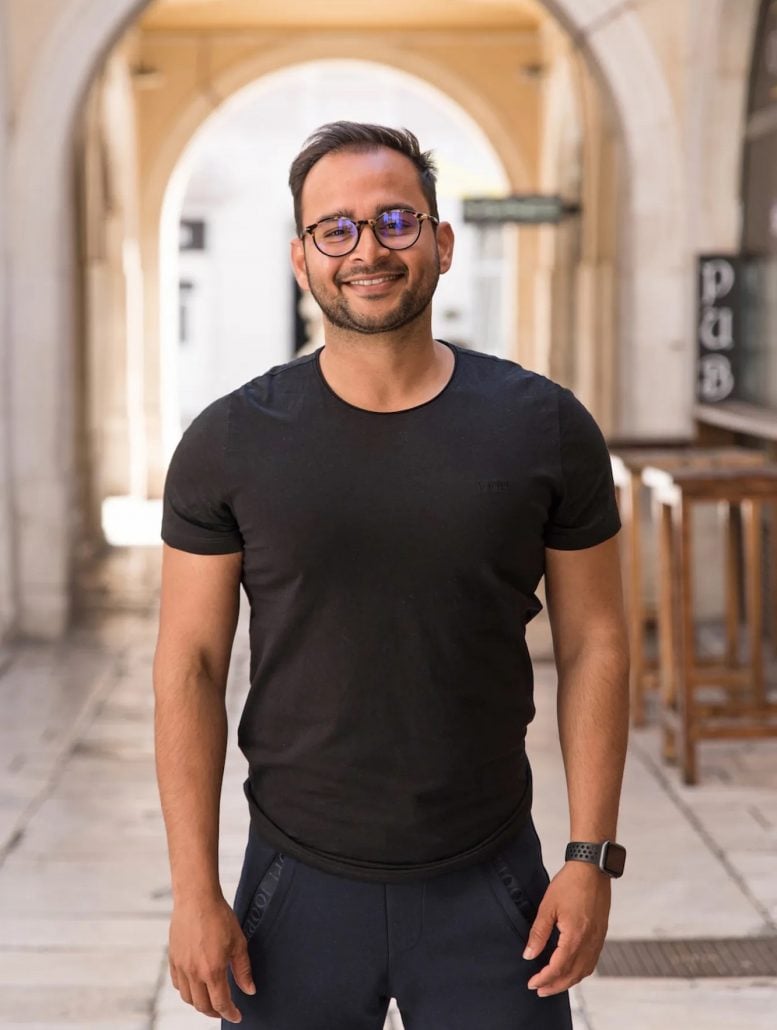What’s Left? A Practice for Understanding Impermanence
This exercise illuminates the insubstantial nature of body and mind The post What’s Left? A Practice for Understanding Impermanence appeared first on Tricycle: The Buddhist Review.
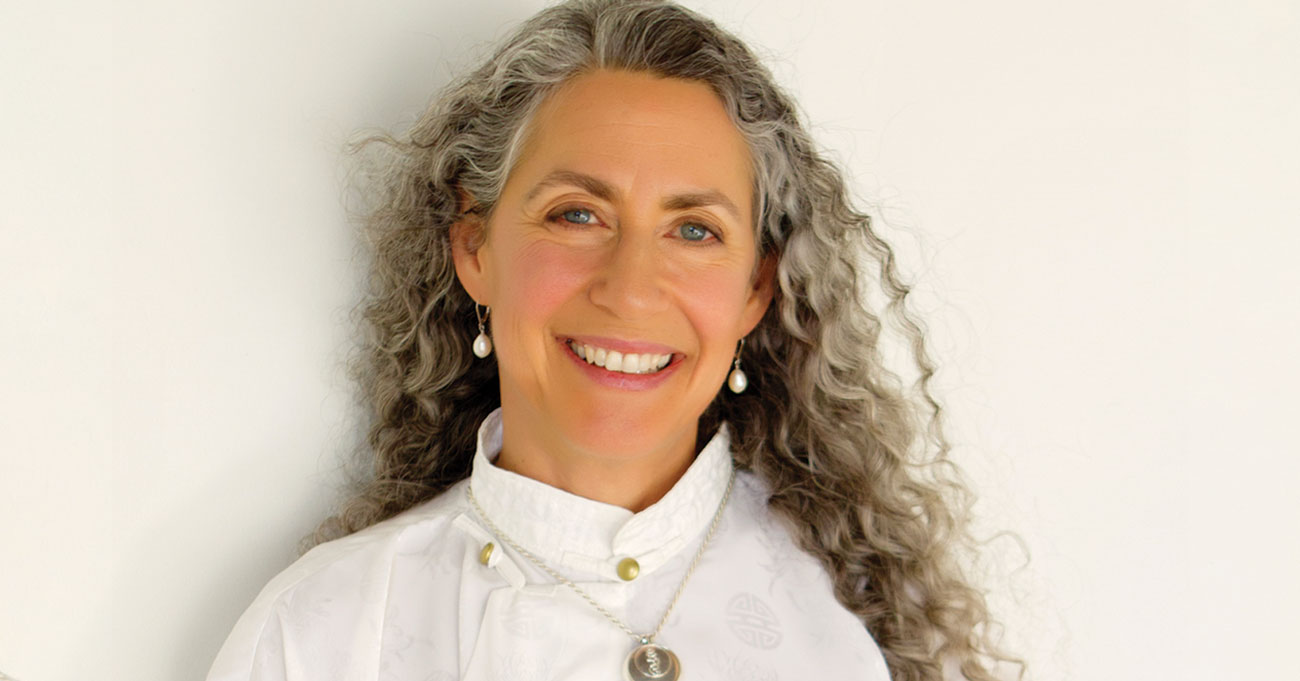
This exercise illuminates the insubstantial nature of body and mind
By Lama Tsomo Oct 09, 2022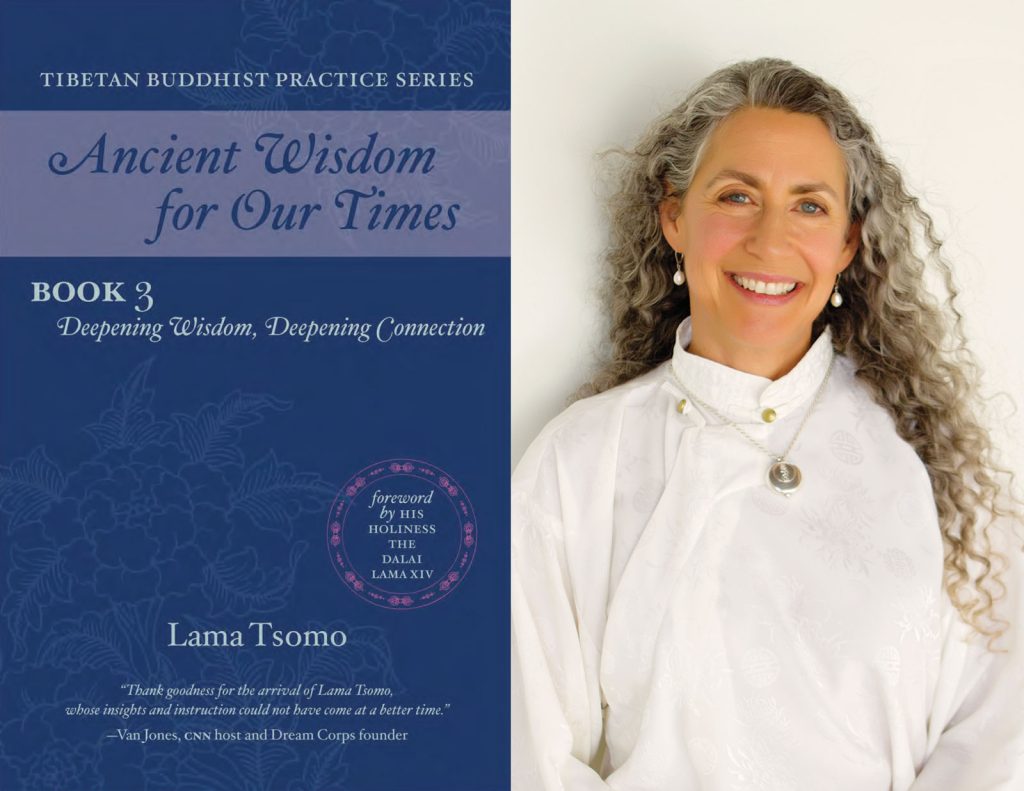 Lama Tsomo's new book, Deepening Wisdom, Deepening Connection, comes out October 11 with Namchak Publishing.
Lama Tsomo's new book, Deepening Wisdom, Deepening Connection, comes out October 11 with Namchak Publishing.Maybe you didn’t realize you could have scary experiences while sitting on a cushion meditating. You can. A fundamental truth that we’re terrified to admit is that our bodies don’t exist as substantial things, and meditation can lead to this realization. Our minds aren’t the stable entities we think they are either—another insight that’s possible to gain, and potentially scary to confront, during meditation. As you watch the flow of your thoughts and feelings, and turn the lens on the thinker, you can begin to experience how insubstantial and ever-changing this tenuous “I” is.
We do a lot of what we do to distract ourselves from that fact—to bargain or negate it. Yet deep down we secretly know it to be true. When you start to peer into the truth, be gentle with yourself and take it in sips until you adjust to it a bit.
One small sip might be to think back on who you were ten years ago. You weren’t quite the same person as you are today. How about five years ago? Do you think you’ll be exactly the same next year? Might you not change just a little bit in even shorter periods of time? Might you be like a river that’s constantly changing as it flows along? In that case, who are you? You might try sitting with that for some of your shamata (calm abiding) or Vipassana sessions for a while.
Or, when you’re ready, go a step further. Years ago, when Vipassana—a Buddhist meditation technique that helps us see the true nature of existence—was my main practice, my favorite method of “looking at the thinker” was a particular exercise that took away all that wasn’t “me” to see what was left. The time that this naturally happens for all of us is at death. So I rehearsed my own death. Of course this also serves well for understanding the principle of impermanence.
It’s not for the fainthearted, but it’s a really good glimpse into the truth. The more we’re living at odds with the truth, the more we suffer. The more we live along with it, the happier we are. I find that any worry I have is actually scarier looming from behind than when I bring it right out in front and take a good look. As Dr. Martin Luther King, Jr. noted, “I submit to you tonight, no man is free if he fears death. But the minute you conquer the fear of death, at that moment, you are free.”
***
My “Looking at the Thinker” Practice
I begin by imagining I’m lying in a bed, no longer able to walk. I can’t even go to the bathroom. So the “me” that is active, nimble, and rather athletic is gone.
Who/what am I? What’s left?
Now I can’t even lift my hands to grab the water glass or even gesture.
What’s left?
Now my senses of smell, taste, sight, and hearing become dim.
What’s left?
There go all those years of learning Tibetan. Who/what am I?
What’s left?
My skills as a psychotherapist, gone.
What’s left?
The piano lessons, singing.
What’s left?
My tendency to get lost even with the best of directions.
What’s left?
I see those and thousands of other “me” things all floating away.
What’s left?
The personality I identified as “I”: Is any of that left? It’s my history and mental tendencies.
Those leave, too.
What’s left?
Even English.
Even being an American.
And even my name.
Gone.
What’s left?
Perhaps it’s my awareness. Just that—my awareness.
But what’s this “my”? What container or boundary is there around this awareness?
I look, but I can’t find one.
There’s just awareness. Vast, universal awareness. It’s not a vacuum, it’s clear. It’s pure potential for all and everything. It’s unity. It’s warm, with pure, total connection—love. Joy.
♦
Adapted from Deepening Wisdom, Deepening Connection (October 11, 2022), part three of Lama Tsomo’s “Ancient Wisdom for Our Times” series.
![]()
Thank you for subscribing to Tricycle! As a nonprofit, we depend on readers like you to keep Buddhist teachings and practices widely available.
This article is only for Subscribers!
Subscribe now to read this article and get immediate access to everything else.
Already a subscriber? Log in.

 FrankLin
FrankLin 










